Sequence
Last Updated: 1/9/23 by Alex Peroff

ARTICLE TAGS
Article Contents/Section Navigation
-
Sequence
1Sequence

A sequence is a tool used to create a set of experiments designed to be repeated in a loop. This is ideal for situations where a user wishes to perform specific electrochemical operations repeatedly or over an extended period of time - for example, battery charge/discharge cycling or electrochemical cleaning via repeated cyclic voltammetry.
To add a new sequence to an archive, right-click in the left tree structure, then select "Sequence" from the "New" sub-menu (see Figure 1). The sequence can immediately be renamed if desired once it has been added to the archive. A sequence is similar to an experiment specification in that it requires the user to select an instrument and has "Audit" and "Perform" buttons at the top of the screen (see Figure 2). There are also settings to enter the number of iterations, or repetitions, of the sequence to perform and also whether results should be grouped by iteration.
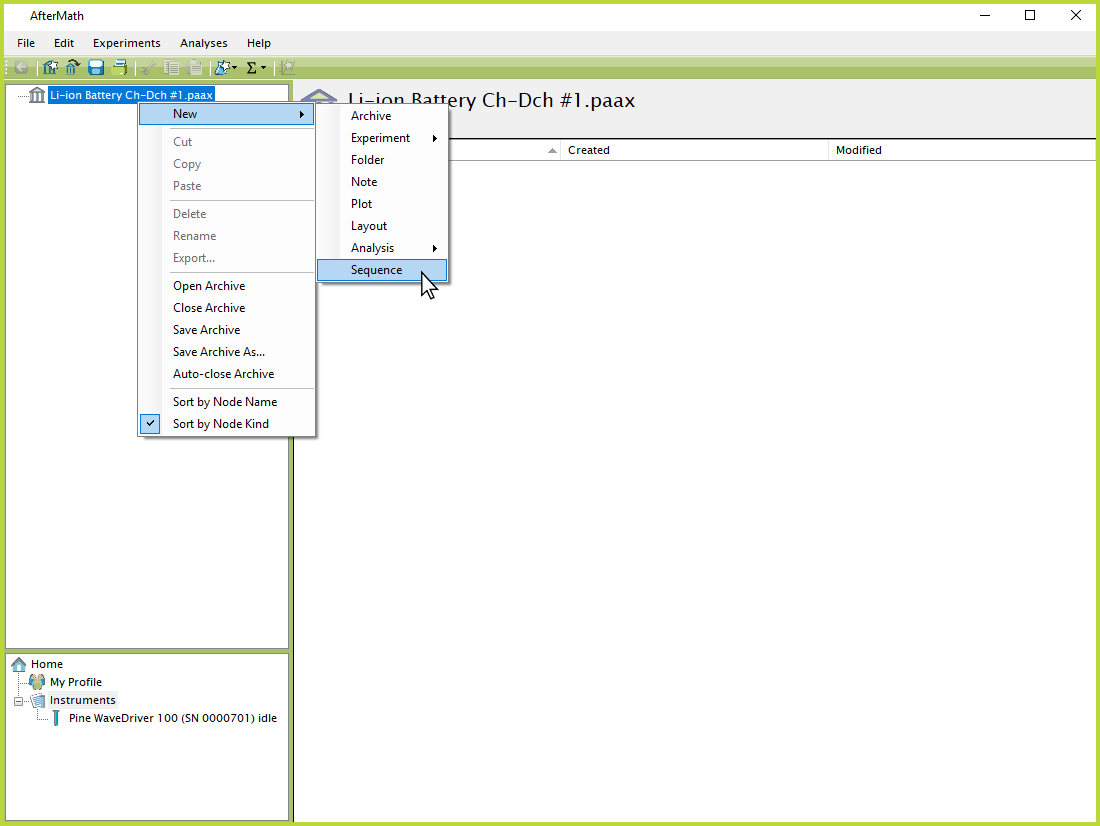
Figure 1. AfterMath Adding New Sequence
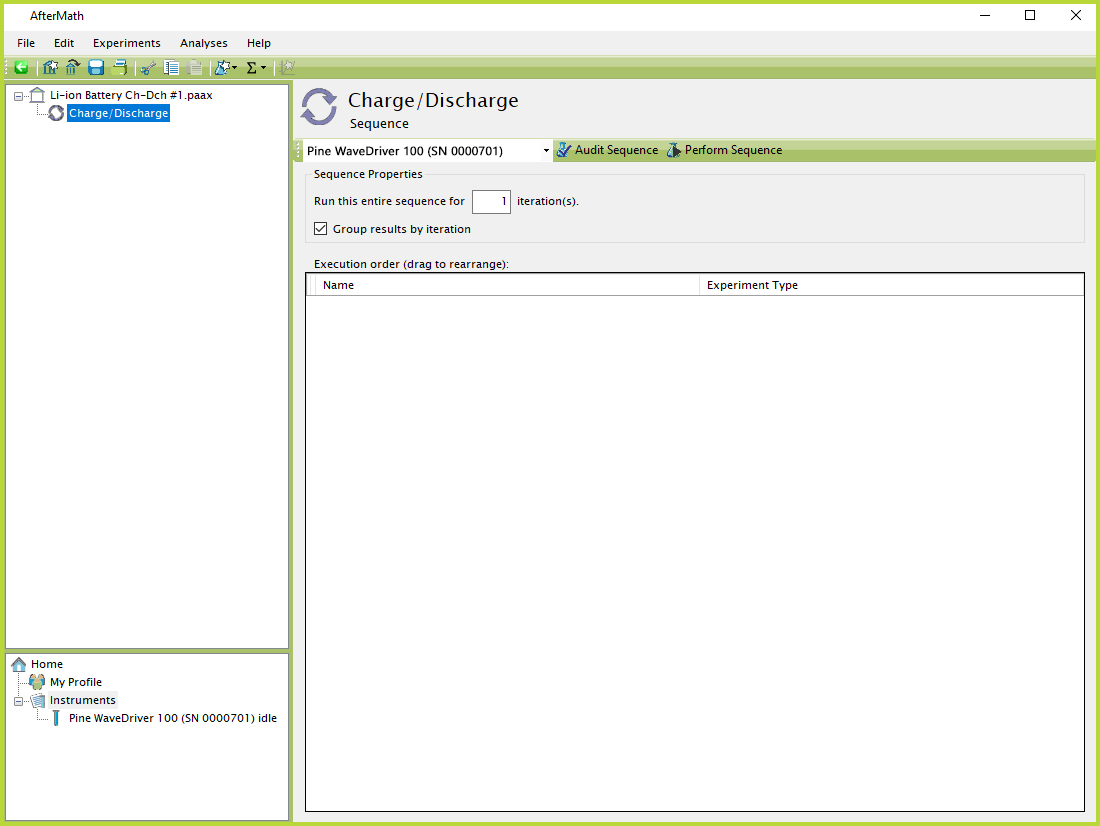
Figure 2. AfterMath Renaming Sequence
Populating a sequence with experiment specifications can be accomplished two different ways, similarly to how a specification can be added to any other node in an archive.
With the sequence left-clicked and highlighted in the left tree structure, the "Experiments" menu at the top of the screen can be used to add specifications. Alternatively, the sequence node can be right-clicked, then selecting "New" and "Experiment" from the resulting sub-menus brings up the list of available techniques to add into the sequence (see Figure 3).
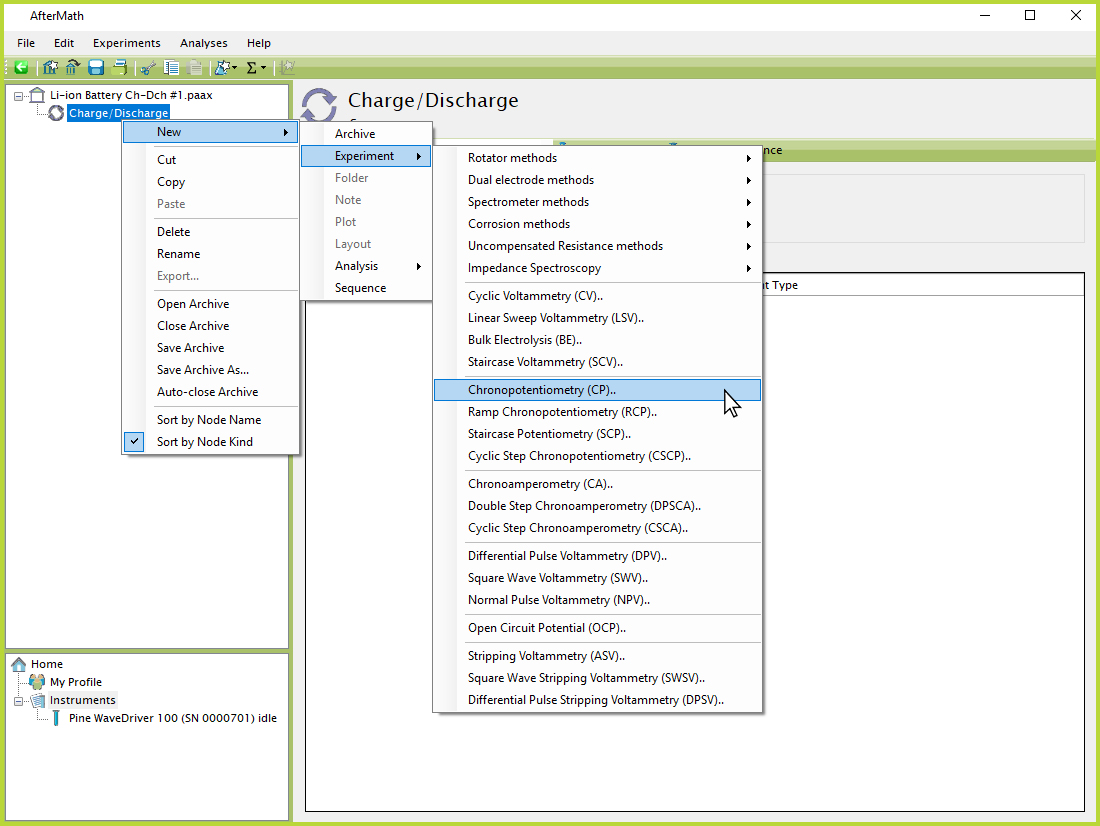
Figure 3. AfterMath Adding Specification to Sequence
Once a desired list of specifications is added, the main sequence node will display the list in the order it will be executed, along with the names of each specification and their type of experiment. In the example shown in Figure 4, a charge/discharge sequence template for a battery is shown that includes several different types of specification, including chronopotentiometry (CP),
open circuit potential (OCP),
and galvanostatic electrochemical impedance spectroscopy (EIS-GAL).
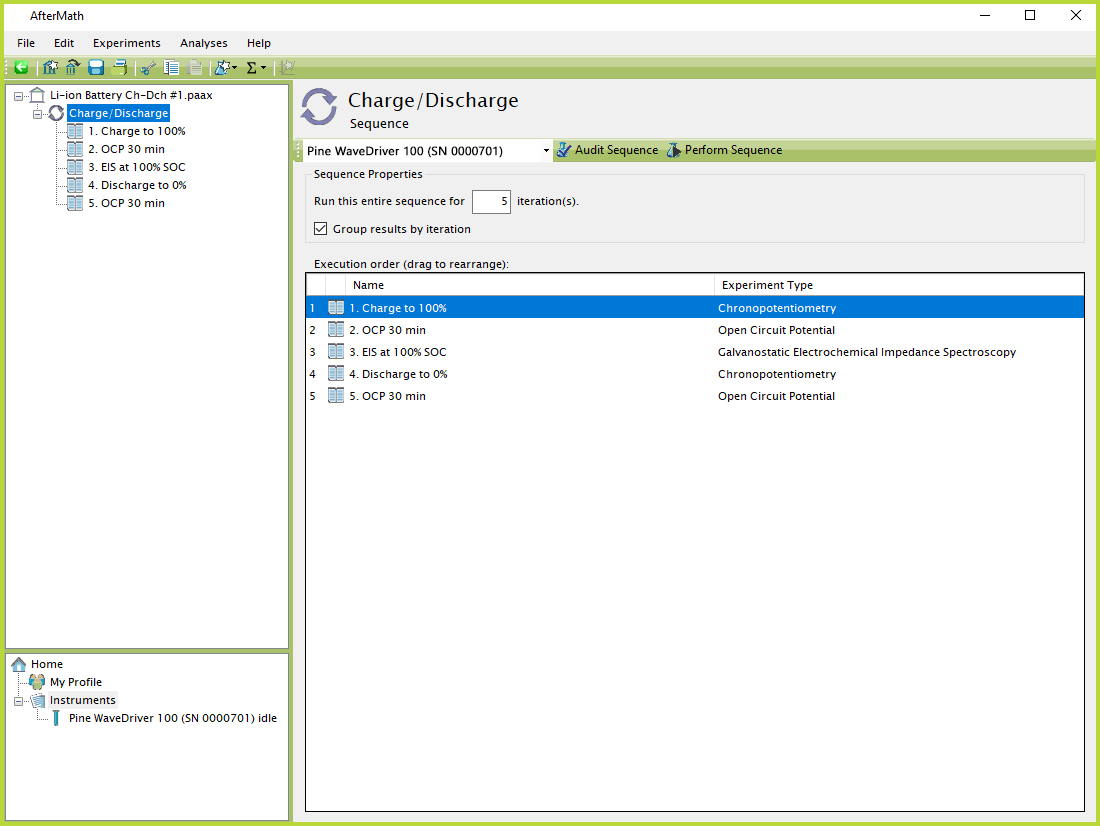
Figure 4. AfterMath Sequence with Experiments
To change the order experiments will be executed, the user can use the mouse to drag-and-drop specifications to the desired location (see Figure 5 and Figure 6). Note that the order that appears in the window to the right, underneath "Execution order (drag to rearrange):", is the accurate order the specifications will be performed. If specifications are drag-and-dropped to a particular order, the list of nodes in the left tree structure may not immediately reflect the change until the archive order is manually sorted, or the archive is saved, closed, and reopened (see Figure 6 - the order of specifications in the left tree structure does not reflect the change in order made in the execution order to the right). The user should be careful to ensure the order that appears in the right part of the screen under "Execution order" is the desired order to run the sequence, and not necessarily the order that appears in the left tree structure.
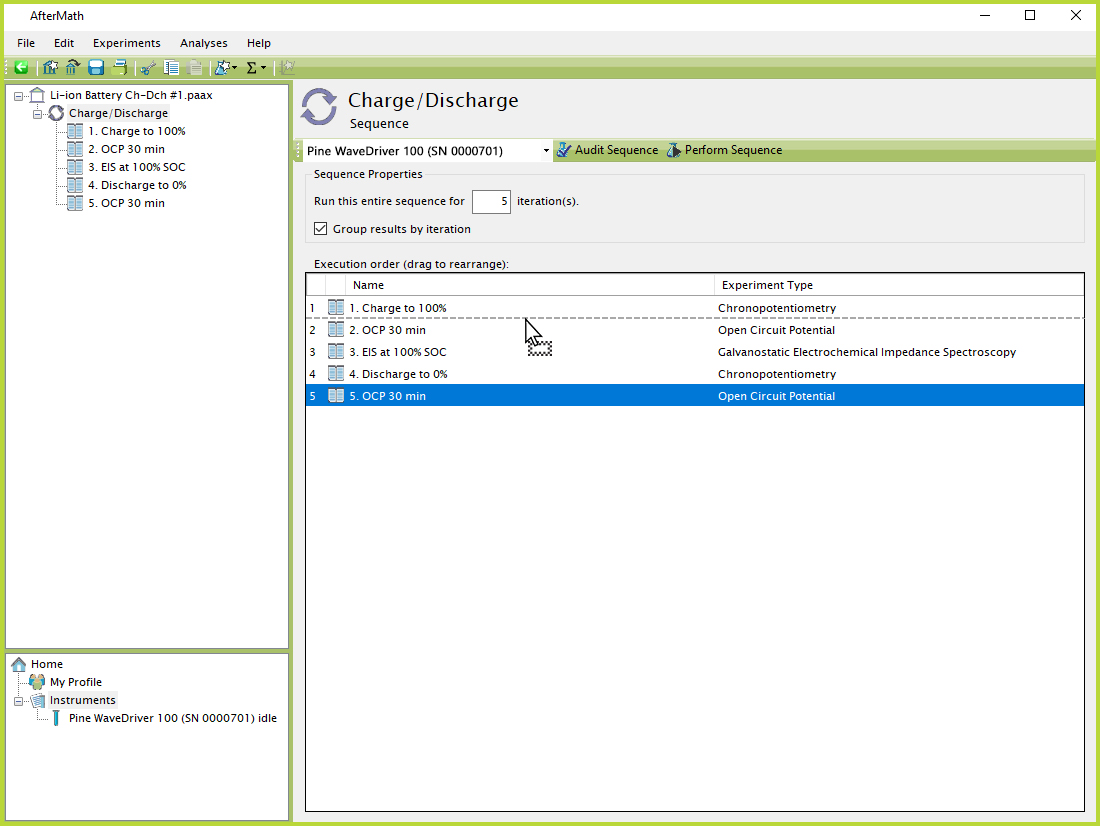
Figure 5. AfterMath Sequence Rearranging Execution Order
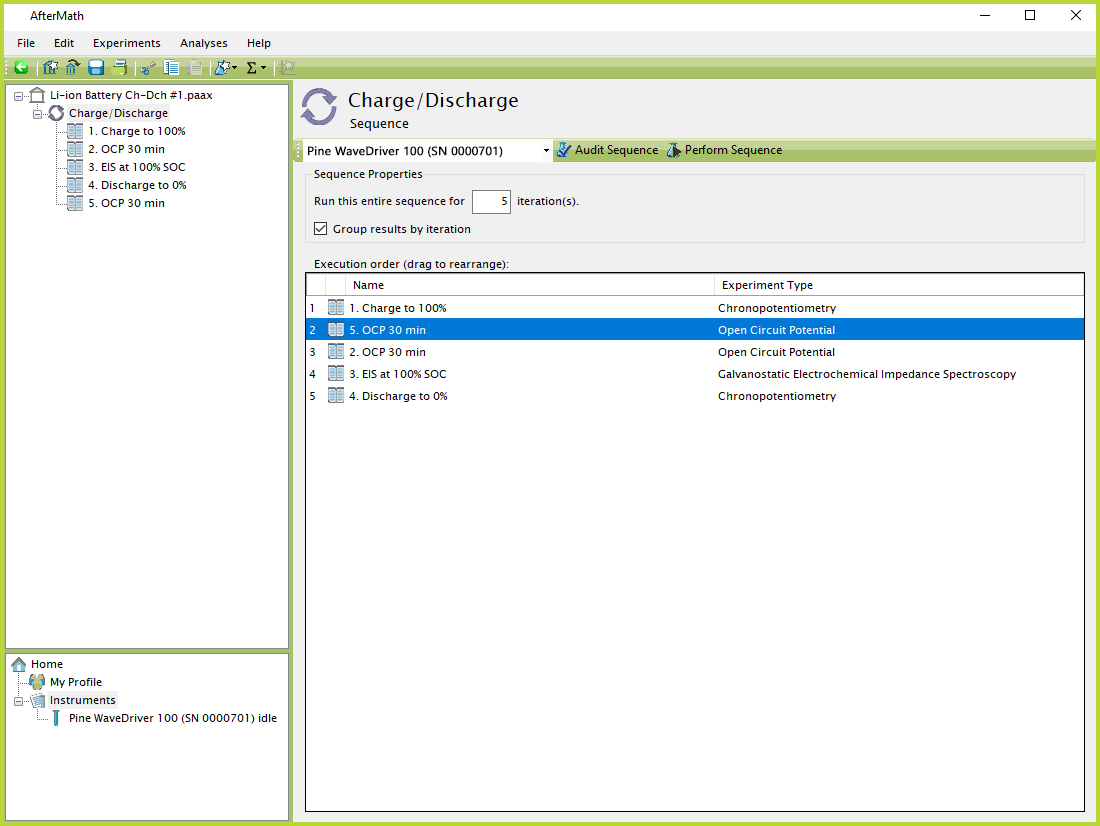
Figure 6. AfterMath Sequence with Rearranged Execution Order
Once a sequence has been performed and completed, the data is populated inside the archive into a set of organized and sorted folders (see Figure 7).
A folder is automatically created for each iteration, or loop, of the sequence, and inside each folder are sequentially-named study folders
containing the experimental data for each individual specification in that particular sequence iteration. This detailed organizational structure allows the user to easily locate a particular set of data performed in a sequence by finding the appropriate folder in the archive.
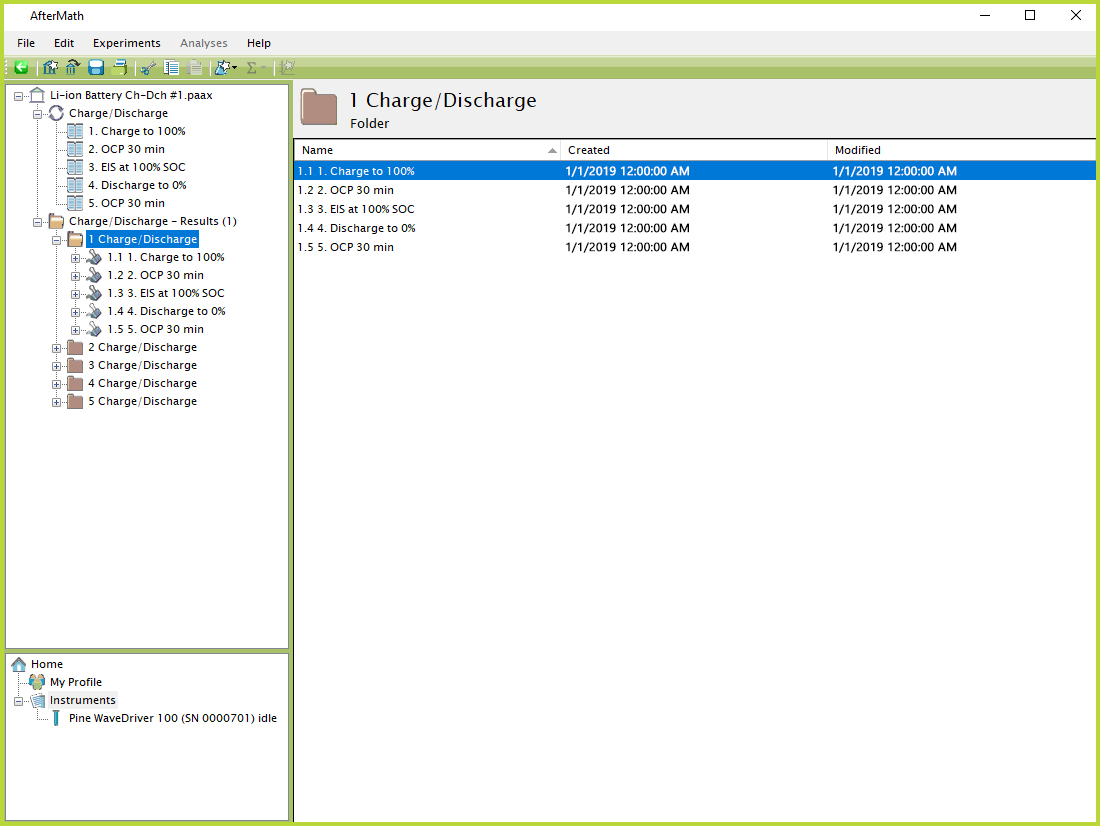
Figure 7. AfterMath Completed and Sorted Sequence Data










